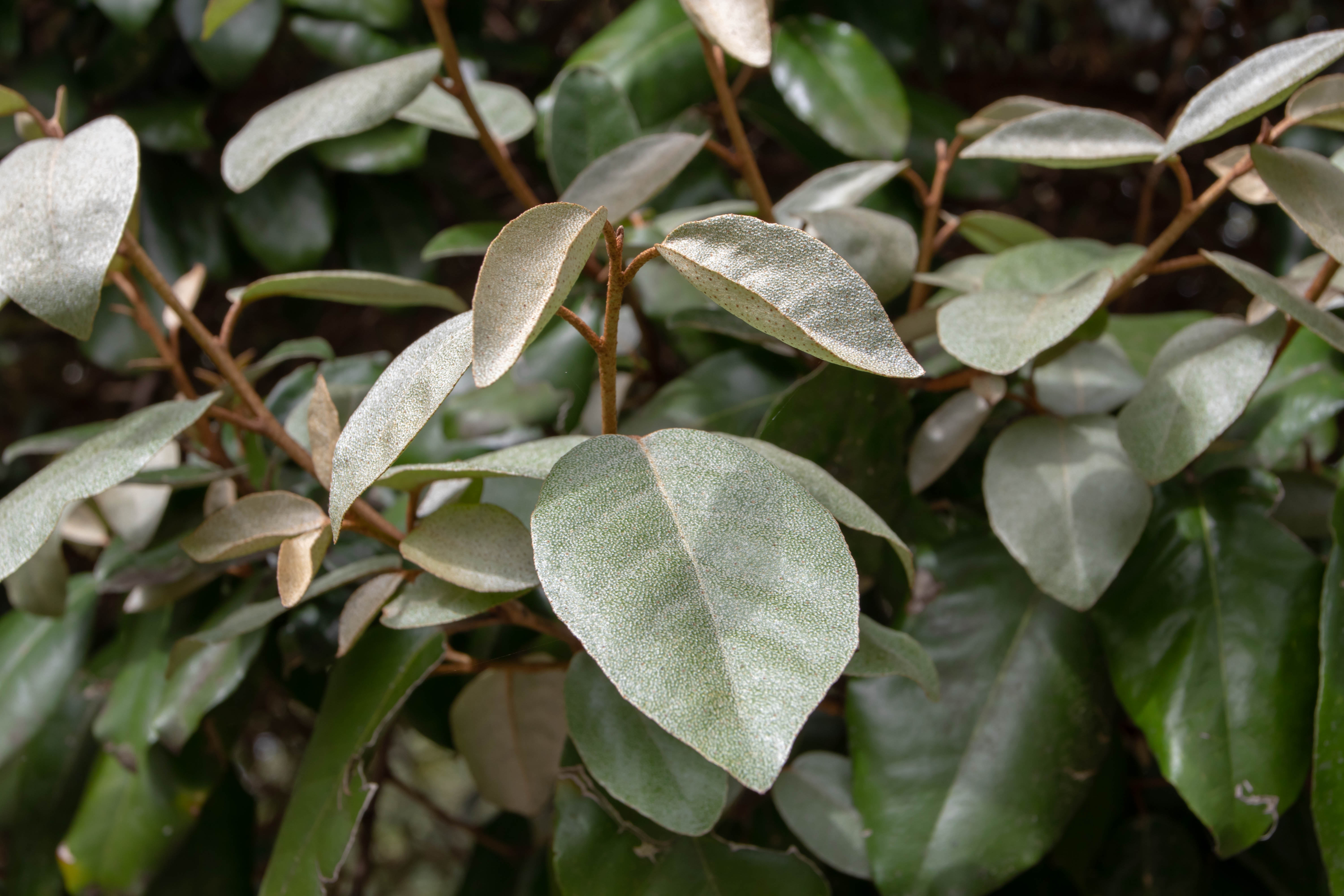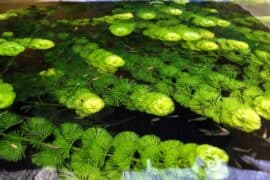Oleaster
(Elaeagnus ebbingei)

Description
Elaeagnus ebbingei is a popular ornamental shrub that belongs to the family Elaeagnaceae. It is native to Japan, Korea, and China and is commonly known as Ebbing's silverberry or oleaster. The plant is prized for its attractive foliage and fragrant, bell-shaped flowers. It is a versatile plant that can be used in a variety of garden settings, including as a hedgerow or specimen plant. In this article, we will explore the various aspects of Elaeagnus ebbingei, including its physical characteristics, growing requirements, and common uses. Physical Characteristics Elaeagnus ebbingei is a large, evergreen shrub that can grow up to 10 feet tall and wide. It has a dense, bushy habit with an upright form. The leaves are leathery and elliptical, measuring about 2 to 4 inches long and 1 to 2 inches wide. The upper surface of the leaves is dark green, while the undersides are silvery-white, giving the plant its distinctive appearance. The foliage is also mildly fragrant. In the fall, Elaeagnus ebbingei produces small, inconspicuous flowers that are creamy white and have a sweet fragrance. The flowers give way to small, edible red berries that are about 1/2 inch in diameter. The berries ripen in the late fall and persist on the plant into winter. Growing Requirements Elaeagnus ebbingei is a hardy shrub that is well-suited for a variety of growing conditions. It prefers full sun to partial shade and can tolerate a wide range of soils, including clay, sand, and loam. The plant is also tolerant of salt spray, making it an excellent choice for coastal gardens. Elaeagnus ebbingei is drought tolerant once established, but it will benefit from regular watering during the first year after planting. It is also important to provide the plant with good drainage to prevent root rot. Pruning Elaeagnus ebbingei is a low-maintenance shrub that requires minimal pruning. It can be pruned in the late winter or early spring to maintain its shape and promote healthy growth. Dead or damaged branches should be removed as needed, and the plant can be lightly sheared to encourage dense growth. Common Uses Elaeagnus ebbingei is a versatile shrub that can be used in a variety of garden settings. It is often used as a hedgerow plant, as it provides excellent privacy screening and windbreaks. The plant can also be used as a specimen plant, particularly in coastal gardens, where its tolerance of salt spray is an asset. Elaeagnus ebbingei is also a popular choice for mixed borders and foundation plantings. Its attractive foliage and fragrant flowers add interest to these garden settings, while its hardiness and low-maintenance requirements make it a practical choice for homeowners. In addition to its ornamental value, Elaeagnus ebbingei is also useful for its edible fruit. The berries are tart and juicy and can be used in jams, jellies, and other culinary applications. The plant is also a source of nitrogen fixation, making it useful in soil improvement and erosion control projects. Conclusion Elaeagnus ebbingei is a versatile and attractive shrub that is well-suited for a variety of garden settings. Its attractive foliage, fragrant flowers, and edible fruit make it a popular choice among gardeners, while its hardiness and low-maintenance requirements make it a practical choice for homeowners.
Taxonomic tree:







